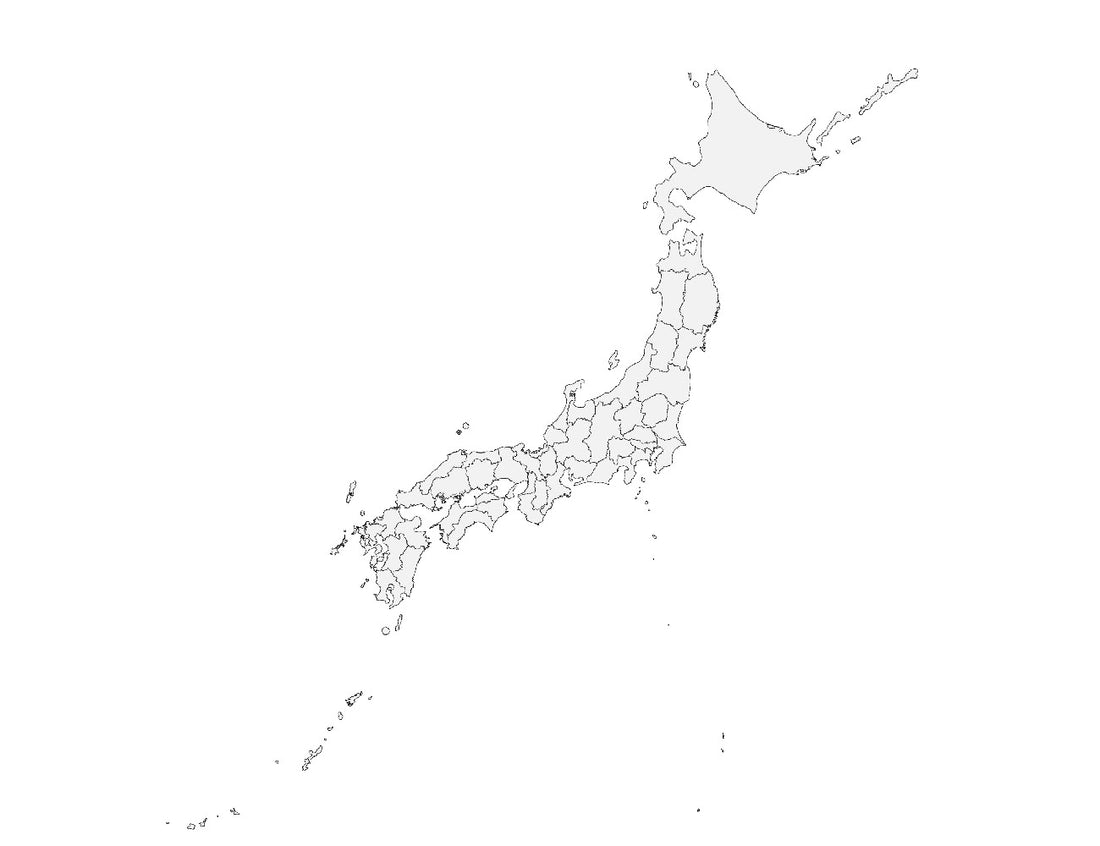
History of Japanese pottery part I
Share
The history of Japanese ceramics begins with Jomon pottery, followed by Yayoi pottery, and then during the Kofun period (3rd to 7th centuries), pottery culture evolved with items like Hajiki and Haniwa. By the 5th century, Sueki pottery was introduced, utilizing high-temperature reduction firing techniques imported from the Korean Peninsula, marking the advent of primitive glazing.
During the Asuka and Nara periods (538-794), the influence of low-fired lead-glazed pottery from China and the Korean Peninsula led to the emergence of vibrant green-glazed pottery and Nara Sancai. By the 9th century, in the Heian period (794-1185), the production of high-fired ash-glazed pottery, which was treated with man-made glaze, began at the Sanage Kiln in Aichi Prefecture.
From the end of the Heian period, hard, water-resistant unglazed pottery began to be produced in various regions including Tokoname, Atsumi, Echizen, Shigaraki, Tamba, and Bizen. Throughout the medieval period, these were produced in large quantities as practical ware.
In the Kamakura and Muromachi periods (1185-1568), with an appreciation for imported Chinese wares (known as "Karamono"), regions like Seto and Mino were prolific in creating glazed ceramics that emulated Chinese styles. However, as the unique aesthetic of the Japanese tea ceremony evolved in the late Muromachi period, the status of domestic pottery, or "Wamono", surged. Consequently, the Momoyama period (1568-1615) saw the golden age of Japanese ceramics with the introduction of Raku teabowls under the guidance of Sen no Rikyu (1522-91) and Mino wares such as Kizeto, Setoguro, Shino, and Oribe. Various regions like Bizen, Shigaraki, Iga, Tamba, and Karatsu produced numerous tea ceramics.
In the Edo period (1615-1868), in Kyoto, the elegant Kyo-yaki, primarily colorful painted pottery, gained immense popularity, represented by artists like Nonomura Ninsei (whose exact birth and death years are unknown) and Ogata Kenzan (1663-1743).
Meanwhile, in the Arita region of Kyushu (Hizen), the first porcelain in Japan was created in the 1610s, based on techniques from the Korean Peninsula. These porcelains became known as "Imari ware" named after the port from which they were shipped. Initially inspired by China's Jingdezhen blue-and-white porcelain, Imari ware rapidly evolved, absorbing Chinese overglaze painting techniques. From the late 17th to early 18th centuries, through the Dutch East India Company, these ceramics were exported to Europe, gaining international acclaim. Imari ware produced various styles over time, such as early Imari, old Kutani, Kakiemon, and Kinrande styles, and circulated throughout Japan. Moreover, Nabeshima ware, produced in the official kiln of the Saga-Nabeshima domain specifically for presentation to the Tokugawa Shogunate, is known for its exquisite craftsmanship and sophisticated design, standing as a pinnacle of Japanese porcelain.